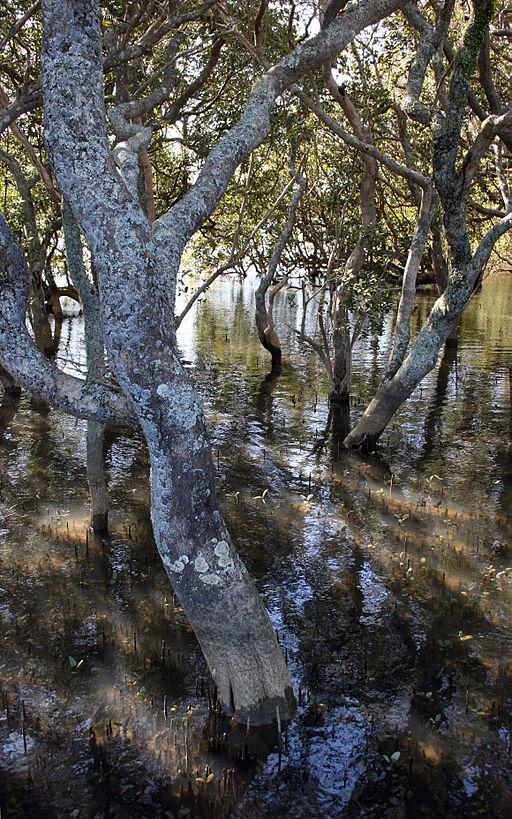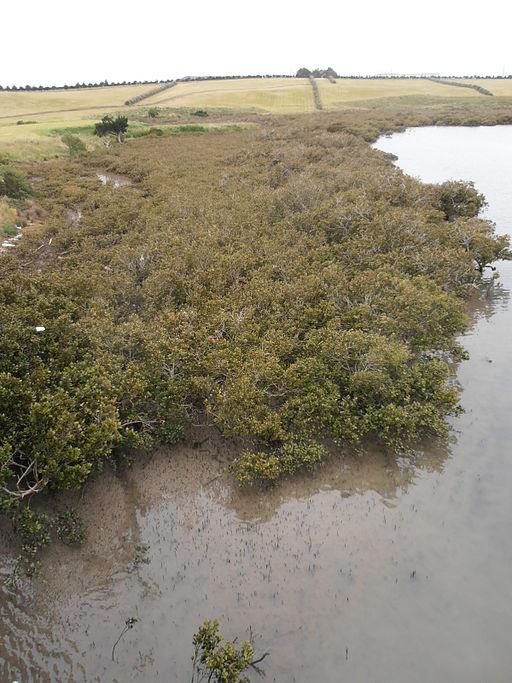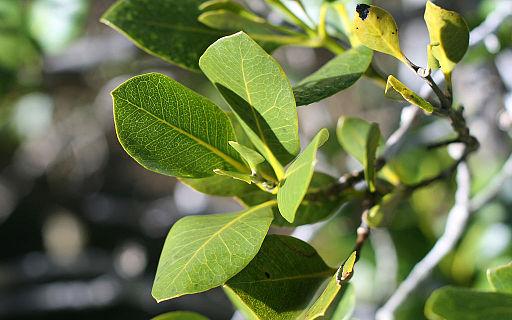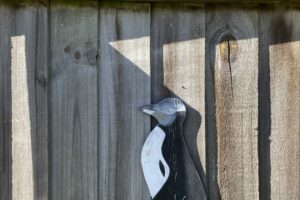Asking good questions is one of the most important things you can do. Good questions can make you – and others around you – look at things in new ways, get inspired to investigate new things, and come up with new ideas.
There are loads of questions we can ask to help us figure out the best ways to save our native plants and animals.
Let’s have a look at one issue that people have asked a LOT of questions about lately.
How to ask good questions
When you see a problem – try asking questions that will help you understand why it’s a problem. You might have to research the answers, or think for a while to figure them out. Then again, you might realise you know the answers already, but hadn’t thought about them much before.
Next – think up some questions that will help you come up with possible solutions.
Lastly, ask questions to help you figure out how to make some of those solutions happen.
Good questions take time. Ask as many as you like!
Good questions often start with:
Is …?
Do …?
What …?
Why …?
How …?
What if …?
What other ways can you start questions? Next time you have a problem, or something bothers you, try and ask at least one of each of those questions about it.
The great mangrove debate

Mangrove-swamp-nz Mangroves Avicennia marina subsp. australasica, Waipatiki Creek, Bay of Islands, New Zealand. Photo by Kahuroa (Wikimedia Commons)
Imagine a sunken forest that you can paddle through in a canoe, watching and listening for the secretive birds, fish, and other creatures that make it home.
We have these in the top half of the North Island – native mangrove forests.
But they’ve got people arguing!
What’s the problem?
Mangroves grow in estuaries – the places where rivers meet sea. And year by year, the mangroves are spreading. They’re blocking some people’s views of the sea, and making it harder to swim and play in the waters – as well as to moor boats. Some say mangrove trees are ugly weeds!
In the olden days, the 1950s and 1960s, there weren’t so many mangroves. So some people want their estuaries back the way they remember them. Without mangroves. They way they were in the past.
But other people have questioned: ‘Were the estuaries really free of mangroves in the past?
Researchers have shown that even further back, before people who are alive today can remember, there were MORE mangroves round the northern beaches and harbours. Then they were cleared to make way for farms, and towns, and ports. So what these tough, special trees are really doing now, is coming back to reclaim their place.
But what’s good about mangroves?

Mangroves at Tamaki River in Manukau NZ at medium tide. Photo by: Sarang (Wikimedia Commons)
Well – they provide homes for native fish, shellfish, and crabs, and the native birds that feed on them. And their roots wrap up sand and silt, stopping our coasts washing into the ocean.
They’re also amazing climate-change helpers!
Let’s ask: ‘Which is more important?’ Having great views and beautiful, clear estuaries for water activities? Or having the benefits to life that mangroves bring?
If what you care about most is the future of native life, then it might be easy to say, ‘Let’s keep our mangroves.’ But maybe this is important too: ‘How do we reach some agreement with the people who want to get rid of mangroves?’ Otherwise we might just keep arguing!
Keep going!
Watch an amazing short video about mangroves from Forest & Bird Marine advocate, Karen Baird.
https://www.youtube.com/watch?v=byMbmEz3nzU&feature=share
Now, what questions would YOU ask to come up with ideas to help people agree on what to do about mangroves?
Mangroves – climate change heroes

Leaves of mangrove Avicennia marina subsp. australasica, Paihia, Bay of Islands, New Zealand. Photo by Kahuroa (Wikimedia Commons)
Like other trees, mangroves take carbon out of the atmosphere and store it – helping slow down climate change. But they’re especially amazing because, for their size, they take more carbon out of the atmosphere than other trees.
By growing between land and water, mangroves protect the land from seawater flooding in during storms (‘storm surges’). As climate change progresses, there will be more and more storms – and storm surges. Mangroves, we need you!
Did you know?
- Mangroves can survive salty water that would kill other trees.
- Tree roots need air, but mangroves grow in airless mud and hard ground. How do they do it? Some of their roots poke up from the ground like snorkels, to breathe. These are called ‘pneumatophores’.
- New Zealand’s native mangroves grow further from the equator than any other mangrove species in the world.
By Johanna Knox
Johanna is the editor of KCC’s Wild Things magazine. You can read her full article, which includes ‘Cats the terrible truth’ in the Autumn issue of Wild Things out late March, 2016.







